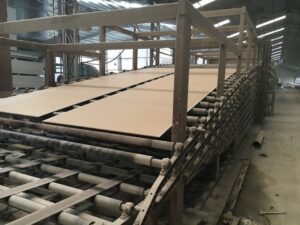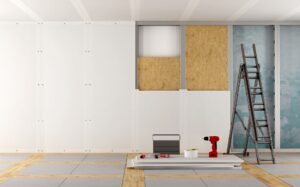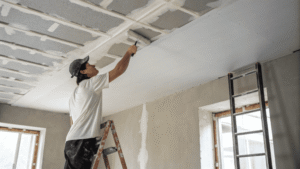Many assume every gypsum board can stop fire effectively, but that’s not true.
Not all gypsum board is fire-rated; only boards tested and certified for fire resistance carry an official rating.
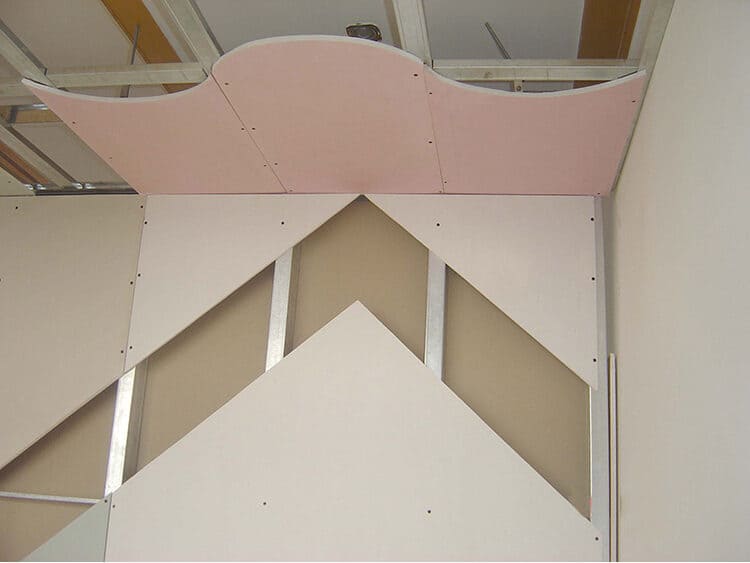
In my work, I see regular gypsum boards used where fire-rated boards are required. This creates compliance and safety problems. Fire-rated boards pass strict lab tests for resistance time; standard boards often do not.
Does regular drywall have a fire rating?
The name “drywall” makes some think it has built-in fire safety.
Regular drywall has some fire resistance, but usually no official fire rating unless certified as Type X or similar.
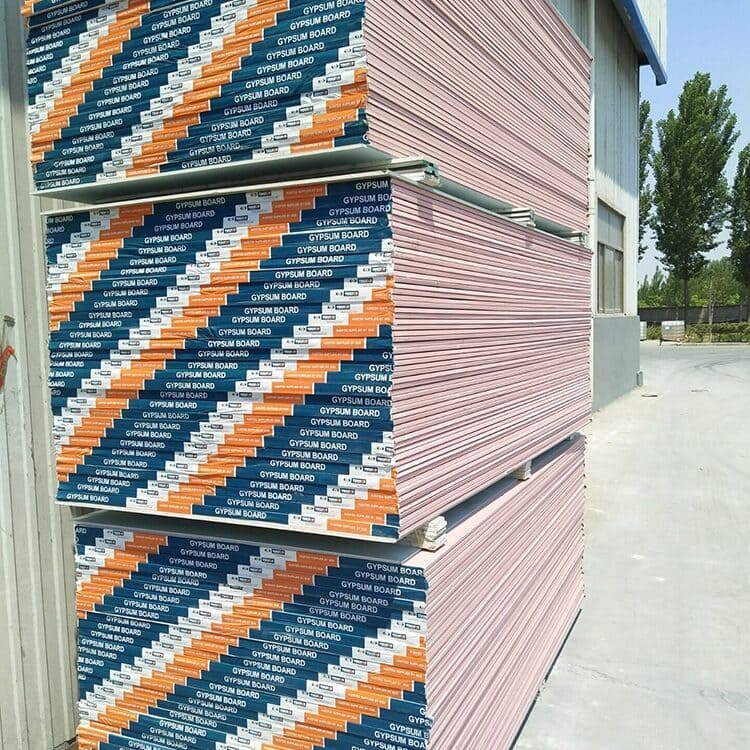
Standard drywall contains gypsum, which slows burning. However, without certification, it cannot be relied upon for meeting fire code in critical walls.
| Drywall Type | Official Fire Rating | Common Thickness |
|---|---|---|
| Regular | No | 12.7 mm (1/2 in) |
| Type X | Yes | 15.9 mm (5/8 in) |
| High-Performance | Yes | Varies |
On a residential project I inspected, the builder assumed regular drywall was “fire-rated.” Later, fire safety inspectors rejected it, adding costly rework.
How do I know if my drywall is fire-rated?
Many installed walls hide their inspection clues.
Fire-rated drywall usually has markings on the back with “Type X,” fire rating hours, and certification codes.
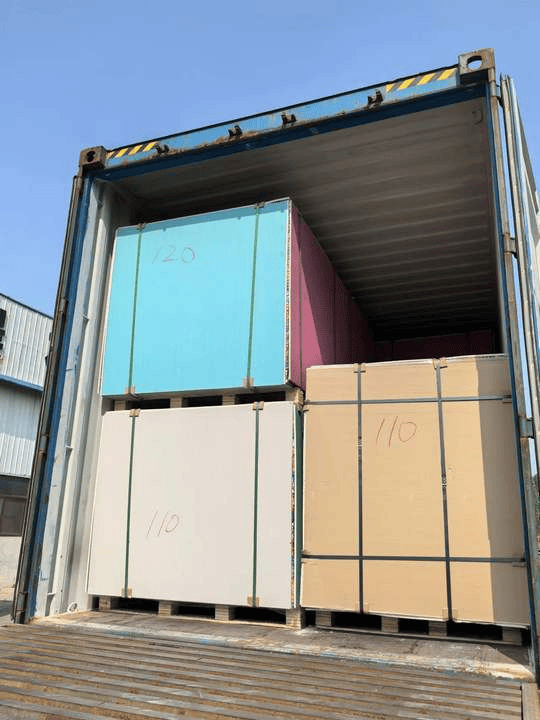
These markings may include manufacturer name, production date, and compliance standards. If markings are missing because of cutting or installation, you must check purchase records or test samples for verification.
| Identification Method | Details | Risk if Missing |
|---|---|---|
| Back surface stamp | Shows fire rating and hours | May be cut off during install |
| Color coding | Red/pink edges for 1 hr, purple for higher ratings | Manufacturer variation possible |
| Thickness check | Often 15.9 mm for standard Type X | Not always decisive |
I once worked on a remodel where only half the boards retained stamps. We had to trace supplier invoices to confirm compliance.
How to tell if plasterboard is fire-rated?
Plasterboard is another name for drywall in many regions, but identification is similar.
Fire-rated plasterboard can be recognized by stamped certification, color-coded edges, and verified thickness.
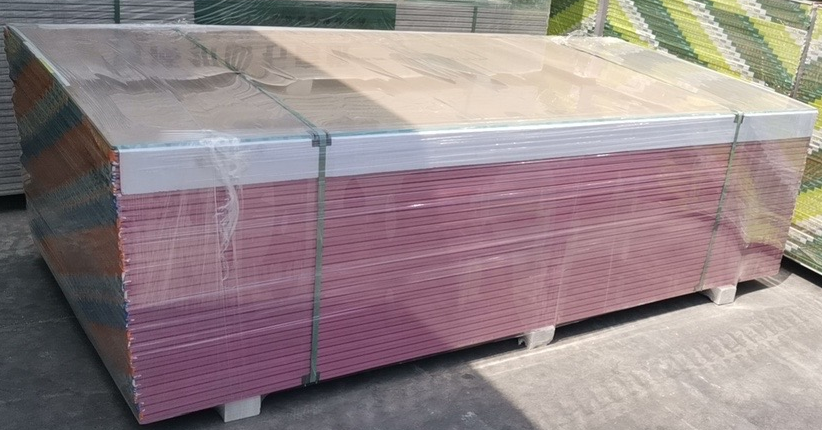
Some manufacturers use pink or red facings for single-hour ratings, while purple or blue may indicate higher levels. Thickness and material composition also matter, but visual checks must be paired with documentation.
| Checkpoint | Why It Matters | Limitations |
|---|---|---|
| Certification stamp | Confirms lab rating | Can be hidden after installation |
| Edge color | Quick on-site hint | Color codes differ by brand |
| Thickness | Matches standard ratings | New thin-rated tech exists |
In a school project, color coding saved us time—purple-edged boards marked the high-rated walls. But we still reviewed certifications before sign-off.
Conclusion
Not all gypsum boards are fire-rated—only certified products with clear identification and proper documentation meet fire safety standards.

